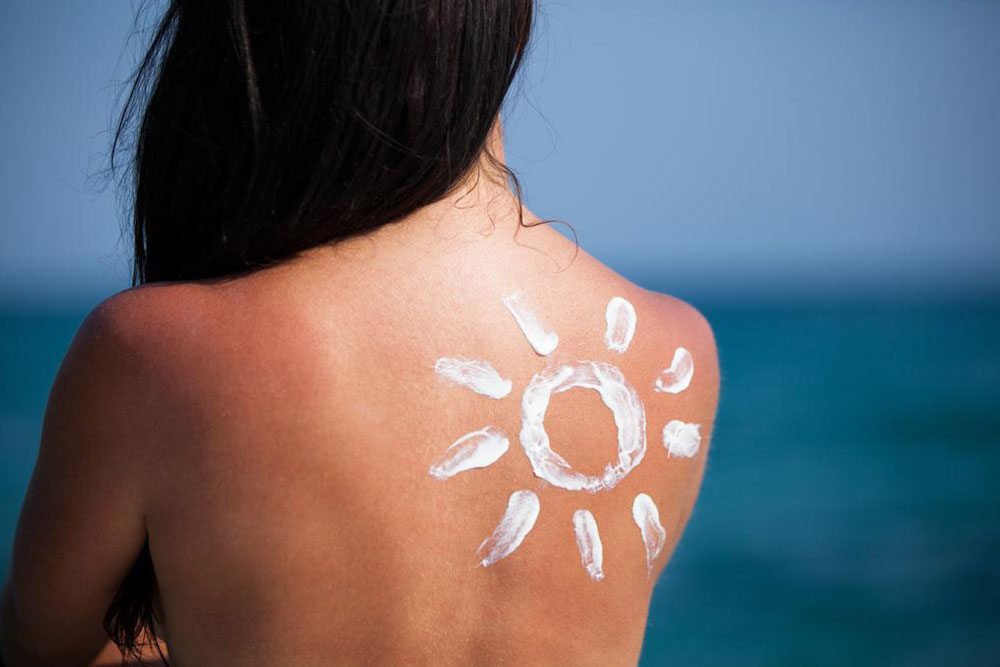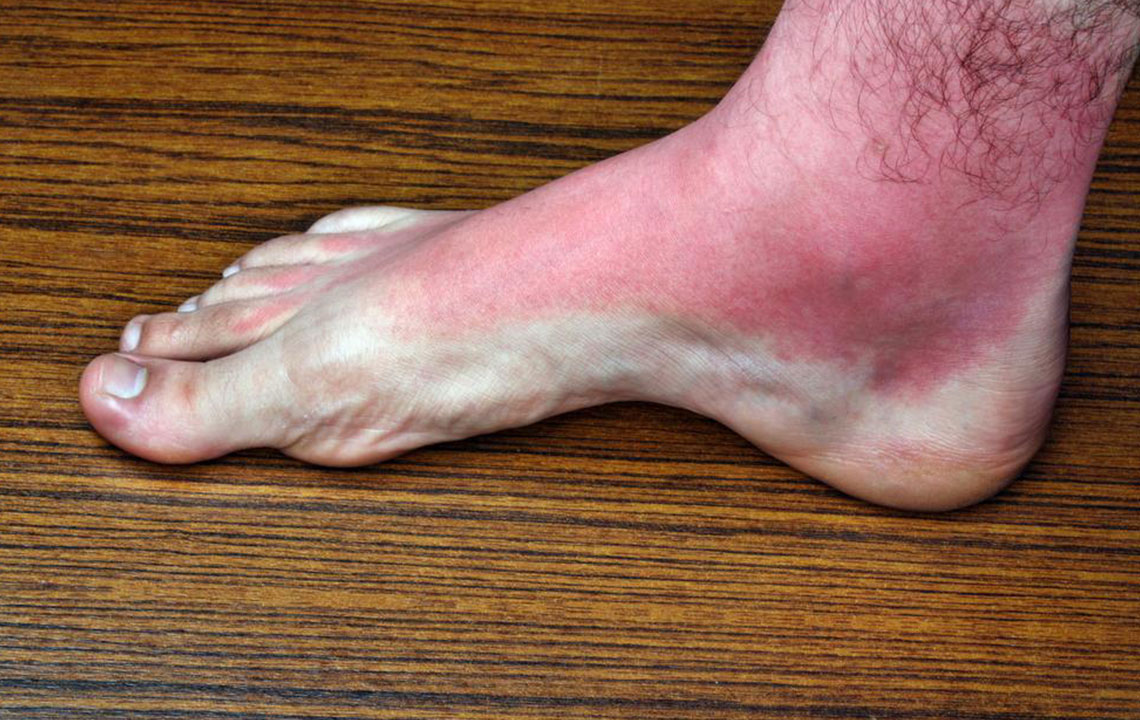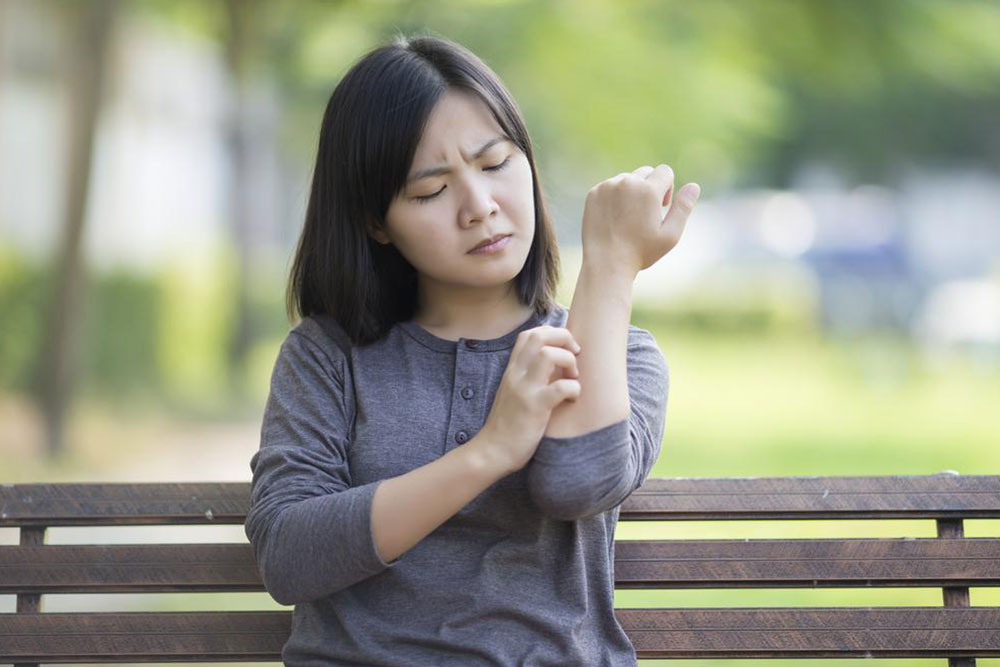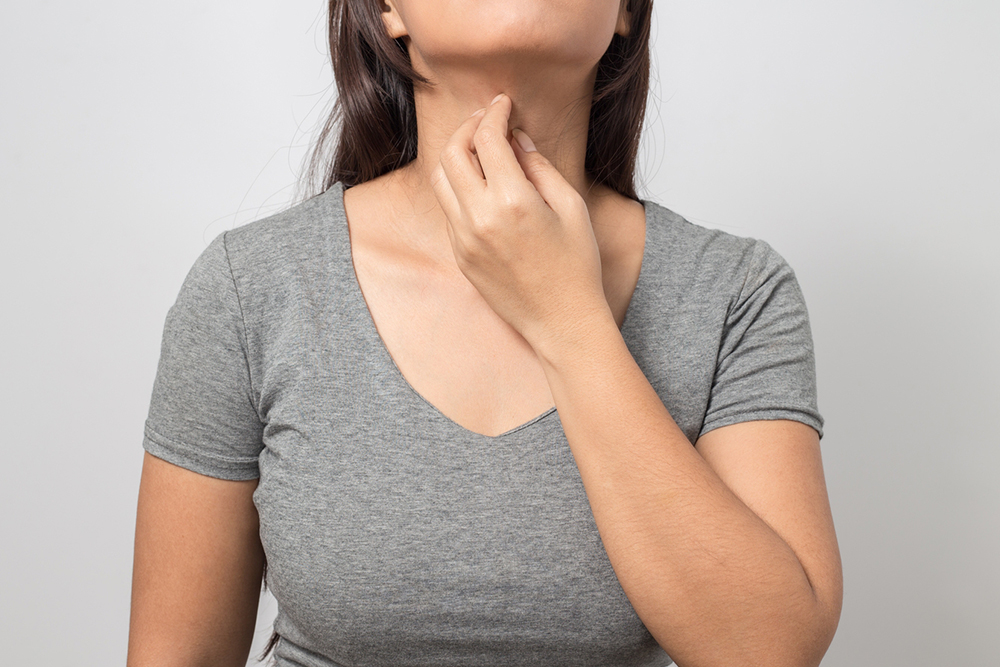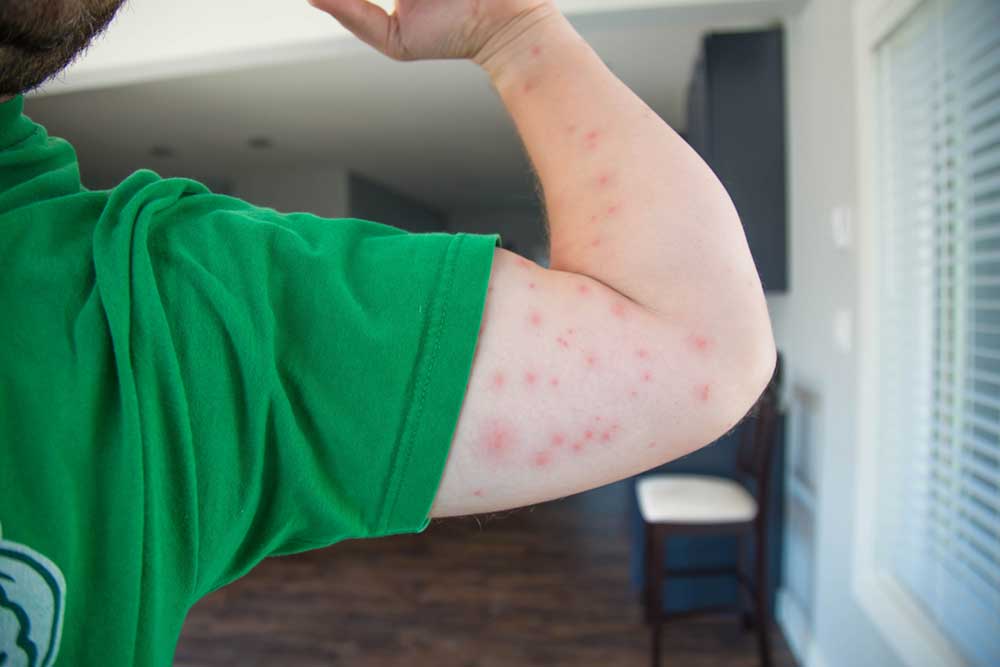Comprehensive Guide to Heat Rash: Causes, Symptoms, and Effective Remedies
Heat rash, or Miliaria, is a common skin condition caused by blocked sweat ducts. This comprehensive guide explains its causes, symptoms, types, and preventive methods. Recognizing signs early and adopting proper skin and clothing routines can help prevent discomfort and skin irritation. Effective treatments and lifestyle adjustments ensure quick recovery and reduce the risk of recurrence, especially in hot and humid climates. Whether for infants or adults, understanding how to manage heat rash is crucial for maintaining healthy skin during summer or in warm environments.
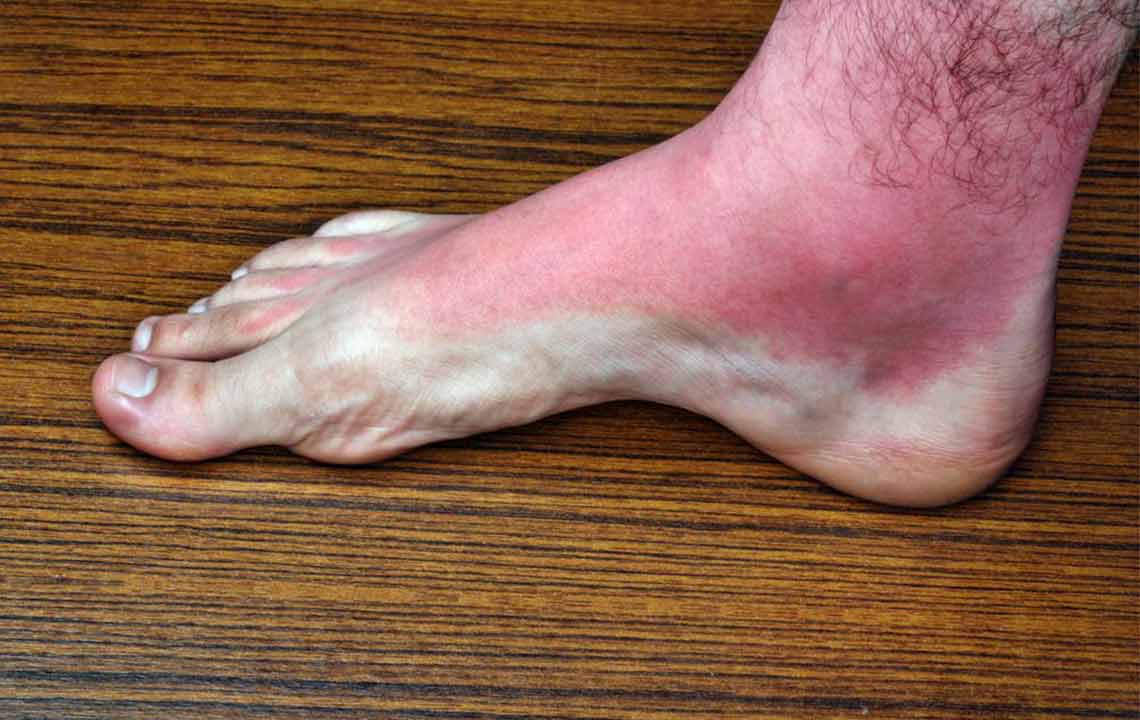
Comprehensive Guide to Heat Rash: Causes, Symptoms, and Effective Remedies
Heat rash, medically known as Miliaria, is a common skin condition that occurs when sweat ducts become blocked, leading to inflammation and irritation. It often appears as clusters of small, red, or pink bumps on the skin, especially in areas where clothing traps heat and moisture. While frequently seen in infants, adults living in hot and humid environments are also susceptible to heat rash. Understanding the causes, recognizing the symptoms, and knowing how to prevent and treat this condition are crucial for skin health.
Heat rash manifests in various forms, classified into different types based on the depth and severity of the clogged sweat ducts. The most common type, Miliaria crystallina, presents as tiny, clear, non-itchy bumps on the surface of the skin. Miliaria rubra, on the other hand, is characterized by red, itchy bumps that may cause discomfort, often appearing in areas like the neck, chest, and back. Miliaria profunda is a less common, more severe form that involves deeper sweat ducts and manifests as flesh-colored lumps beneath the skin surface, typically affecting adults with prolonged exposure to excessive heat.
Heat rash tends to develop rapidly under certain environmental and behavioral conditions. Hot weather combined with high humidity creates an ideal environment for sweat to accumulate and block the sweat ducts. Tight or non-breathable clothing, excessive sweating during physical activity, and insufficient cooling contribute significantly to its occurrence. Additionally, individuals with certain skin conditions or those who are immobile may be more prone to developing heat rash.
Recognizing the signs of heat rash is essential for prompt management. The appearance of small, itchy or non-itchy bumps, often clustered, is typical. The affected areas may become inflamed, red, or feel prickly. In some cases, the rash may be accompanied by mild swelling or discomfort. It is important to differentiate heat rash from other skin conditions like allergic reactions or infections, which may require different treatments.
Prevention strategies play a vital role in managing and avoiding heat rash. Implementing proper skin care routines, choosing breathable clothing made of natural fibers such as cotton, and staying in well-ventilated areas help reduce moisture and heat buildup. Regularly cooling the skin with fans, air conditioning, or cool compresses is beneficial. It’s also essential to stay hydrated, as adequate fluid intake supports healthy sweat function and skin resilience.
Treating heat rash primarily involves soothing the affected skin and minimizing further irritation. Gentle hygiene practices, avoiding heavy or oily skin products, and keeping the skin dry are recommended. Over-the-counter remedies like hydrocortisone creams or antihistamines can help alleviate itching and inflammation. In severe or persistent cases, consulting a healthcare professional is advisable. They might prescribe topical or oral medications to reduce inflammation or treat secondary infections if they occur.
Most cases of heat rash resolve within a few days with proper care and environmental control. However, preventing future episodes is the key to maintaining healthy skin, especially during hot seasons. Awareness of the factors that contribute to heat rash, along with effective preventive measures, can significantly reduce discomfort and improve overall skin health.
